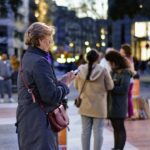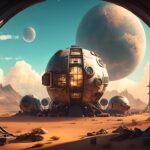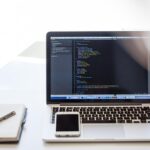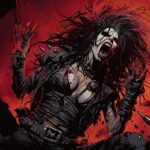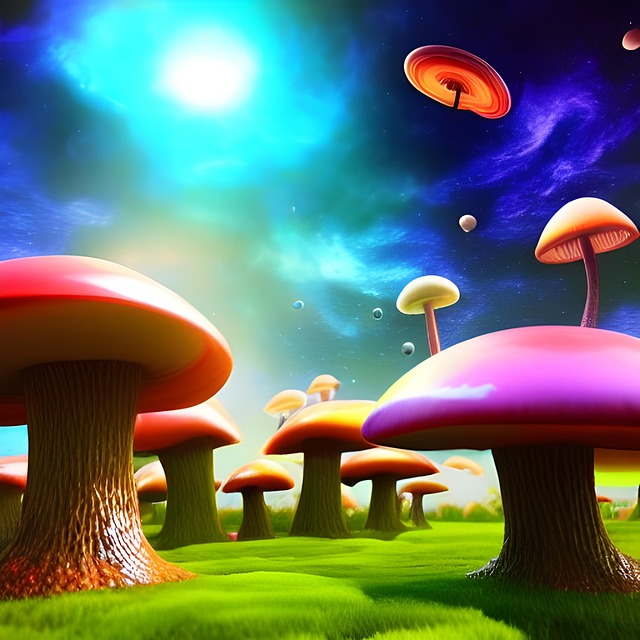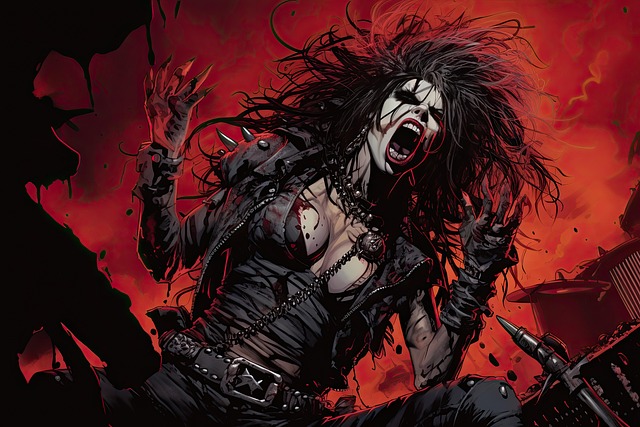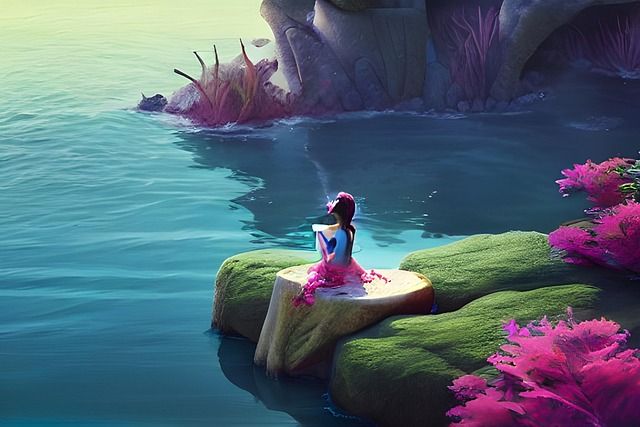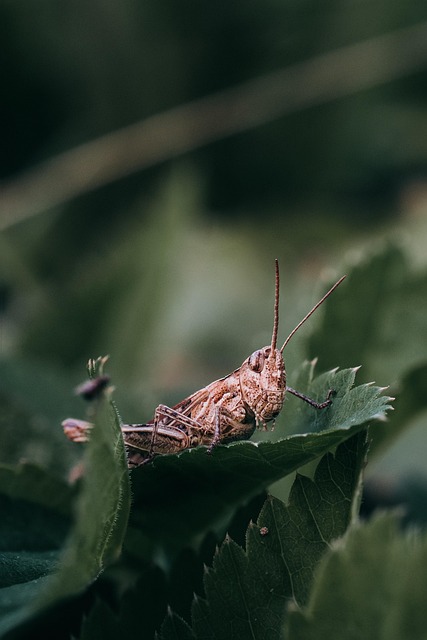# Innovative AI Tools That Empower Artists to Transform Their Work and Explore New Artistic Horizons
The intersection of art and technology has always been a fertile ground for innovation, and today, artificial intelligence (AI) is at the forefront of this evolution. AI tools for artists are reshaping the landscape of visual and digital art, providing creators with unprecedented capabilities to explore new artistic horizons. In this article, we will delve into key AI digital art generators such as DALL·E, Midjourney, Stable Diffusion, Runway ML, and Adobe Firefly, showcasing how these generative art tools are revolutionizing digital illustration, concept art, video generation, and design work.
## The Rise of AI in Art
AI’s integration into the creative process has opened new avenues for expression and experimentation. By harnessing machine learning algorithms, artists can generate unique visuals, explore various styles, and streamline their workflows. The following tools are leading the charge in this exciting new era.
### DALL·E: From Text to Image
DALL·E, developed by OpenAI, is an AI model capable of generating images from textual descriptions. This innovative tool allows artists to create visual content by simply inputting a phrase or concept.
– **Key Features:**
– Generates high-quality images based on detailed prompts.
– Supports various artistic styles and concepts.
– Offers a vast range of creative possibilities, from realistic portraits to abstract art.
**Example in Action:**
Artist and illustrator Sarah Zhang used DALL·E to create a series of whimsical creatures based on her childhood stories. By inputting descriptive phrases, she was able to visualize characters she had only imagined, allowing her to expand her narrative universe and engage her audience in new ways.
### Midjourney: Collaborative Artistic Exploration
Midjourney is a community-driven AI art generator that emphasizes collaboration and experimentation. This tool allows users to generate images through a Discord-based interface, making it accessible to a wide range of creators.
– **Key Features:**
– Engages users in a community setting, fostering collaboration.
– Offers a variety of styles and customization options.
– Encourages iterative design, allowing artists to refine their ideas through feedback.
**Example in Action:**
Graphic designer Tom Reynolds utilized Midjourney to collaborate with fellow artists on a project that explored dystopian landscapes. By sharing prompts and iterating on each other’s designs, they created a cohesive series of artworks that captured the essence of their shared vision.
### Stable Diffusion: Open-Source Creativity
Stable Diffusion is an open-source AI model that allows artists to generate images from text prompts while providing extensive customization options. This flexibility makes it a favorite among creatives looking to push the boundaries of their work.
– **Key Features:**
– Open-source, allowing for community contributions and adaptations.
– High-resolution image generation with detailed control over outputs.
– Supports various artistic styles and themes.
**Example in Action:**
Illustrator Mia Chen used Stable Diffusion to create a portfolio of fantasy-themed artwork. By experimenting with different settings and parameters, she was able to produce intricate designs that resonated with her audience, showcasing the potential of AI in the realm of fantasy art.
### Runway ML: Video Generation and Beyond
Runway ML is a powerful AI tool that bridges the gap between video production and generative art. It allows artists to create, edit, and enhance video content with AI-driven features.
– **Key Features:**
– Offers tools for video generation, editing, and special effects.
– Integrates seamlessly with popular software like Adobe Premiere Pro.
– Provides real-time collaboration features for creative teams.
**Example in Action:**
Filmmaker Alex Martinez leveraged Runway ML to create a short film that incorporated AI-generated visuals alongside live-action footage. By blending traditional filmmaking techniques with AI-generated elements, he was able to craft a unique narrative that captivated audiences at film festivals.
### Adobe Firefly: The Future of Design
Adobe Firefly is Adobe’s foray into the world of AI art generation, designed to enhance the creative workflow for designers and artists. It focuses on generating images and design elements that can be easily integrated into existing projects.
– **Key Features:**
– Integrates with Adobe Creative Cloud for a seamless workflow.
– Offers tools for generating images, patterns, and textures.
– Provides customizable options for branding and design projects.
**Example in Action:**
Graphic designer Emily Roberts used Adobe Firefly to create a branding package for a new startup. By generating unique textures and patterns, she was able to provide her client with a distinctive visual identity that set them apart in a competitive market.
## The Impact of AI Tools on Artistic Practice
The emergence of these generative art tools has not only transformed the way artists create but has also influenced the broader artistic landscape. Here are some key impacts:
– **Enhanced Creativity:** AI tools enable artists to explore new styles and ideas without the constraints of traditional techniques. This freedom fosters innovation and experimentation.
– **Streamlined Workflows:** By automating repetitive tasks, artists can focus more on the creative aspects of their work, resulting in increased productivity and efficiency.
– **Collaboration Opportunities:** AI tools encourage collaboration among artists, allowing them to share ideas and build upon each other’s work in real time.
## Conclusion: The Future of AI in Creative Fields
As AI continues to evolve, its role in the creative industries will undoubtedly expand. The tools discussed in this article—DALL·E, Midjourney, Stable Diffusion, Runway ML, and Adobe Firefly—are just the beginning of a transformative journey for artists and creatives. By embracing these AI tools for artists, the creative community can unlock new possibilities, pushing the boundaries of what is achievable in digital art and design.
In the coming years, we can expect to see even more sophisticated AI systems that will further enhance artistic expression, making it easier for artists to realize their visions. As we stand on the brink of this exciting future, it is clear that AI is not just a tool but a partner in the creative process, empowering artists to explore new horizons and redefine the very nature of art itself.

